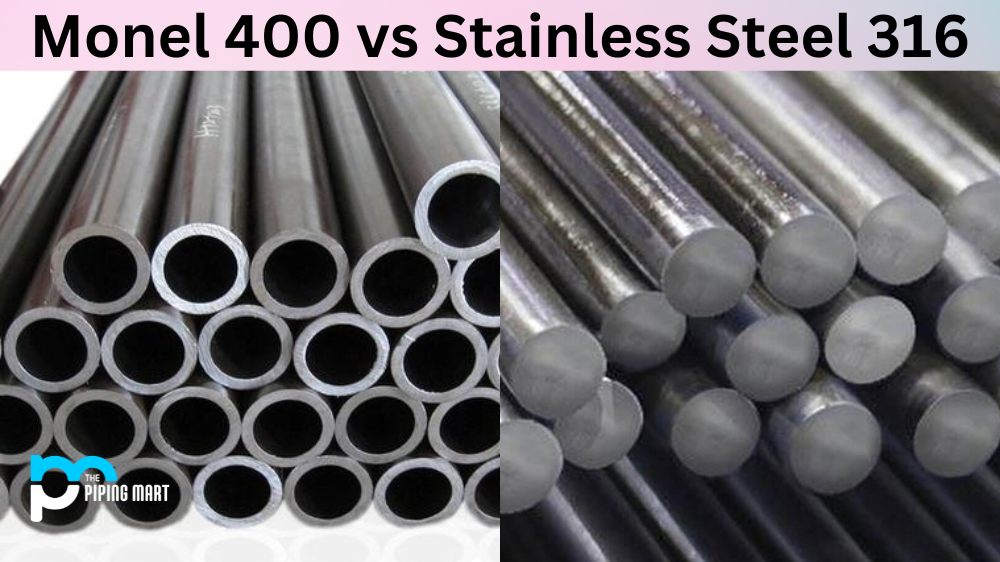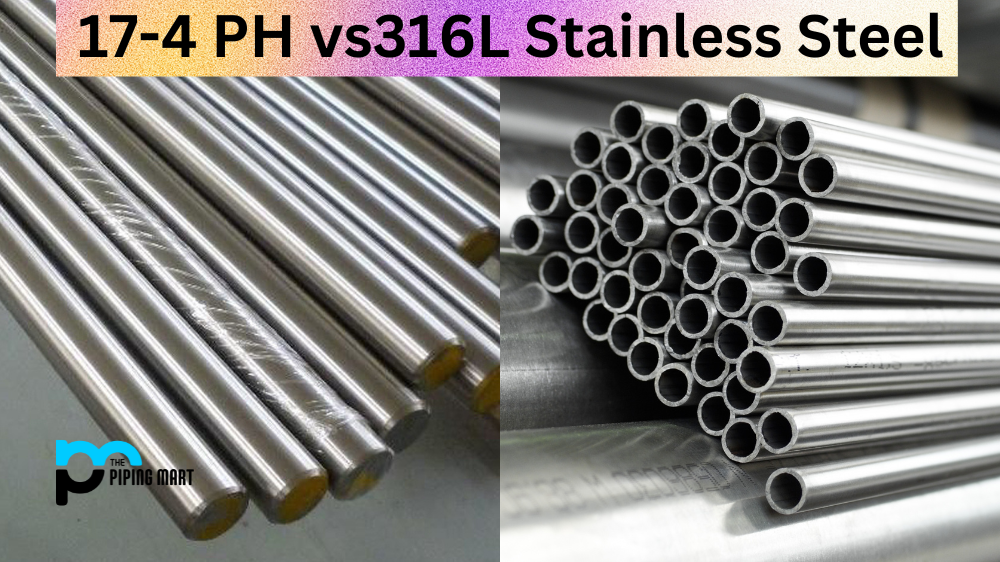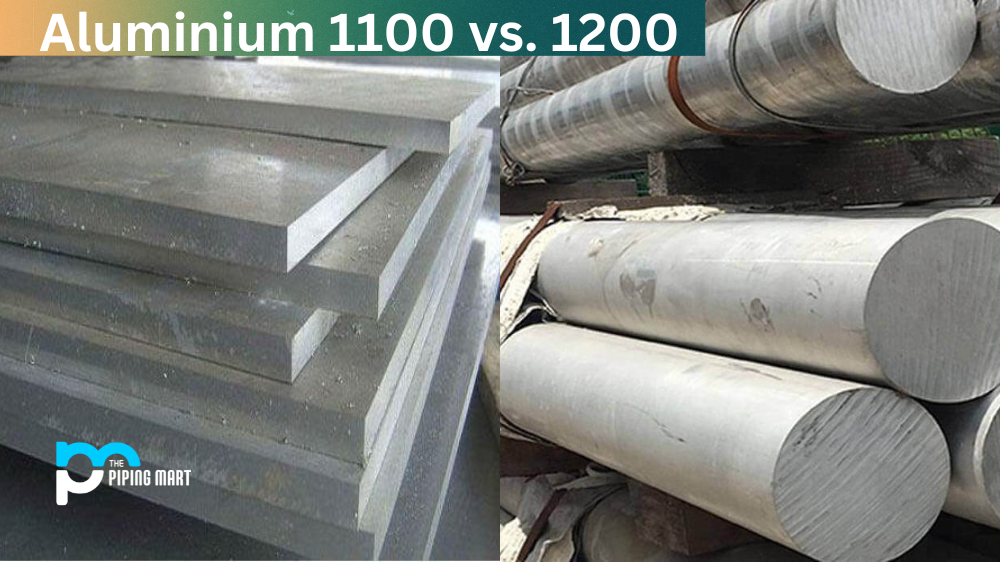When selecting a metal for a specific application, there are many options. While stainless steel 316 is one of the most widely used alloys in various industries today, monel 400 is also gaining popularity. Due to their unique properties, both alloys are suitable for certain applications. However, knowing which one is best suited for your project can take some work. If you are torn between monel 400 vs stainless steel 316, this blog post is for you. In this blog post, we will take a closer look at the features of both alloys, their benefits and drawbacks, and help you decide which one is best for your project.
What is Monel 400?
Monel 400 is a nickel-copper alloy that offers excellent resistance to corrosive environments. It comprises approximately 65% nickel and 35% copper, with small amounts of iron, manganese, silicon, and carbon. This alloy can withstand high temperatures and is highly corrosion-resistant to various salts, acids, and alkalis. Monel 400 is also resistant to seawater corrosion and stress corrosion cracking. It is suitable for various applications, including marine manufacturing, petrochemical processing, oil and gas production, and heat exchangers.
What is Stainless Steel 316?
Stainless steel 316 is an austenitic stainless steel alloy that offers excellent atmospheric and chemical corrosion resistance. It comprises about 16-18% chromium, and about 10-14% nickel, with small amounts of carbon, manganese, phosphorus, sulfur, and silicon. Stainless steel 316 offers superior resistance to various corrosive media, including chlorides, sulfuric acid solutions, and sulfurous acids. Due to its versatility, stainless steel 316 is commonly used in chemical manufacturing, food processing, and medical equipment industries.
Monel 400 vs Stainless Steel 316: Strengths and Weaknesses
While monel 400 and stainless steel 316 offer excellent resistance to corrosive environments, their properties have some key differences. Monel 400 is stronger than stainless steel 316 and offers excellent resistance to high-temperature environments. It is also highly resistant to seawater corrosion and stress corrosion cracking, making it ideal for marine applications. However, monel 400 is more expensive than stainless steel 316 and can be difficult to machine.
On the other hand, stainless steel 316 is highly versatile and offers superior resistance to a wide range of corrosive media. It is relatively easy to machine and suitable for various applications. However, stainless steel 316 is not ideal for high-temperature environments and is less strong than monel 400.
Which One Should You Choose?
When choosing between monel 400 and stainless steel 316, several factors must be considered. These include the application, the environment, and the budget. If you are looking for a metal that can withstand high temperatures and severe corrosive environments, monel 400 is the better choice. If you need a metal that offers versatility and superior resistance to corrosive media, stainless steel 316 is your best bet. Ultimately, your choice will depend on your specific application and budget.
Composition
Monel 400 is an alloy of nickel and copper, while stainless steel 316 is an alloy of chromium, nickel, and molybdenum.
Corrosion Resistance
Monel 400 is more resistant to corrosion than stainless steel 316. This is because Monel 400 contains more nickel than stainless steel 316. Nickel is a material that is resistant to corrosion.
Strength
Monel 400 is stronger than stainless steel 316. This is because Monel 400 contains more nickel than stainless steel 316. Nickel is a material that is strong and durable.
Temperature Resistance
Monel 400 is more resistant to high temperatures than stainless steel 316. This is because Monel 400 contains more nickel than stainless steel 316. Nickel is a material that can withstand high temperatures without being damaged.
Cost
Monel 400 is more expensive than stainless steel 316. This is due to the fact that Monel 400 contains more nickel than stainless steel 316. Nickel is a material that is costly to produce.
Conclusion
In conclusion, monel 400 and stainless steel 316 are excellent alloys with unique properties. When deciding between the two, it is important to consider the environment and the application to ensure you choose the right metal for your project. While monel 400 is more expensive and difficult to machine, it offers superior strength and resistance to high temperatures and seawater corrosion. Stainless steel 316, on the other hand, is highly versatile and offers superior resistance to a wide range of corrosive media. Ultimately, your choice will depend on your specific needs and budget.
Sakshee is a talented blogger, with a particular focus on the Business and Metal Industry. She is passionate about sharing her insights on various metal products and helping professionals to make a better decisions.




